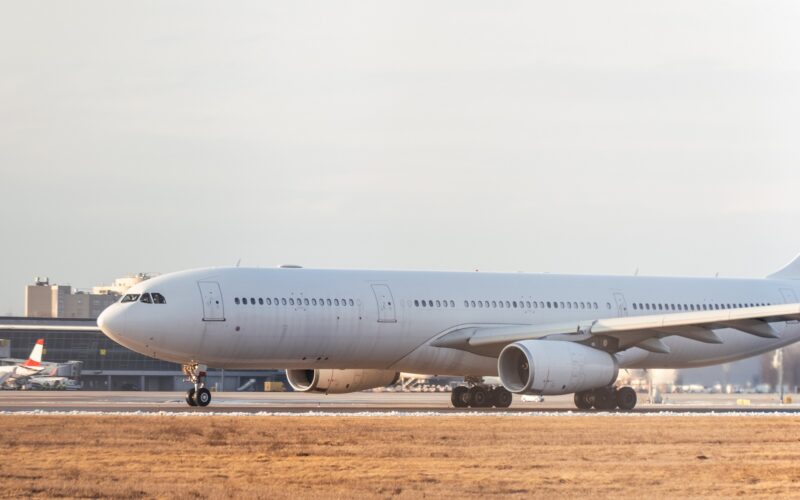The United States (US) Federal Aviation Administration (FAA) has issued a new Airworthiness Directive (AD) addressing an unsafe condition associated with engine inlets on the Airbus A330ceoceo.
Specifically, the FAA followed the European Union Aviation Safety Agency’s (EASA), lead, which is the state of the design of the Airbus A330ceo.
In the AD the FAA, which was prompted by an earlier AD issued by EASA, the US authority warned that there have been reports of corrosion and cracks on engine inlet attach fittings on the Airbus A330ceo.
“It was determined that the affected fittings are susceptible to stress corrosion cracking due to the material used for the fittings,” the FAA noted, adding that if the condition is not corrected, it “could lead to failure of one or more fittings, possibly resulting in damage to the airplane or injury to occupants”.
The EASA released its AD on July 5, 2023, with the FAA following suit with a notice of proposed rulemaking (NPRM). The FAA published the final version of the directive on August 16, 2023.
In the US, 11 aircraft of the type are affected, according to the FAA’s estimates.
To comply with the AD, operators will have to inspect the engine inlet attach fittings and either replace them or replace the inlet with unaffected engine inlet attach fittings. The inspections, lasting five hours at $85 hourly labor costs, will cost $425 per aircraft. A replacement will cost $27,986 per nacelle, including parts ($10,136) and labor ($17,850), per the FAA’s estimated costs of compliance.
Delta Air Lines, one of three airlines still operating the Airbus A330ceo in the US, asked the FAA to modify the AD “to clarify that the access and close instructions in service information referenced” by EASA are not required. The airline added that the original AD provided no guidance that would indicate “that the access and close instructions can be either done using airline best practices, or omitted in the case that the instructions have been accomplished previously”.
The FAA disagreed, clarifying that it “has reviewed the instructions and determined that the instructions are adequate and can be performed in conjunction with other maintenance actions”.
“The access and close instructions are to open and close the fan cowl doors, install the inlet, make sure the work area is clean and clear of tools, and an inspection report,” the authority continued.
Another commenter asked the AD to include a requirement to provide an inspection report to Airbus, in alignment with the AD issued by the EASA. The FAA again disagreed, arguing that “the Airbus service information referenced by [the EASA AD] does specify an inspection report”. Furthermore, the authority found it unnecessary, as “the unsafe condition has been clearly determined and the corrective actions are defined”.
But if airlines want to do so they can provide an inspection report to Airbus voluntarily.
In total, 63 Airbus A330ceo aircraft are currently active in the US, 40 of which are flown by Delta Air Lines. 22 are operated by Hawaiian Airlines operated and the one is operated by National Airlines, according to ch-aviation.com data.
Delta Air Lines’ Airbus A330ceos are either powered by the Pratt & Whitney PW4000 (11 aircraft) or the General Electric (GE) CF6 (nine aircraft), while the Hawaiian Airlines and National Airlines twin-aisle jets of the type are powered by the Rolls-Royce Trent 700 engines.

